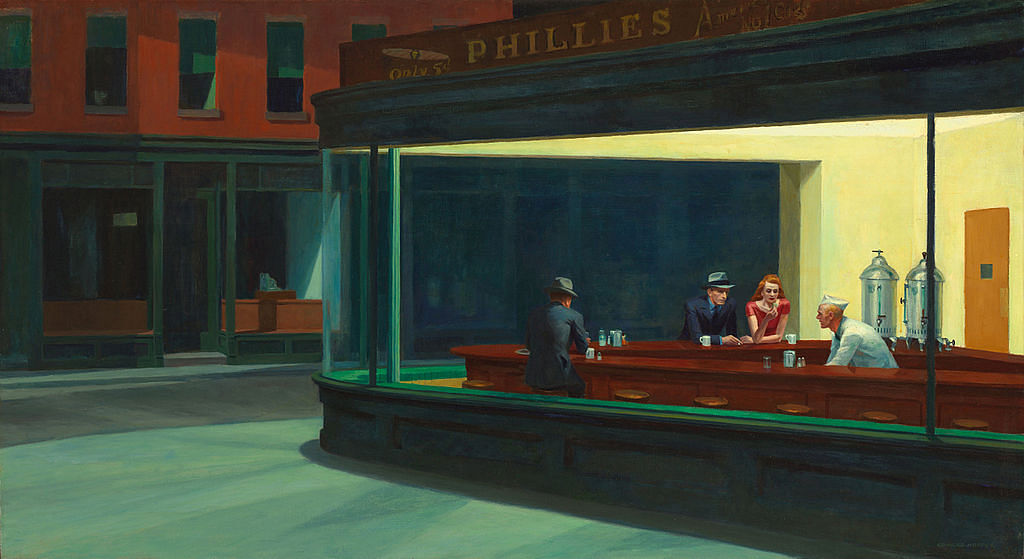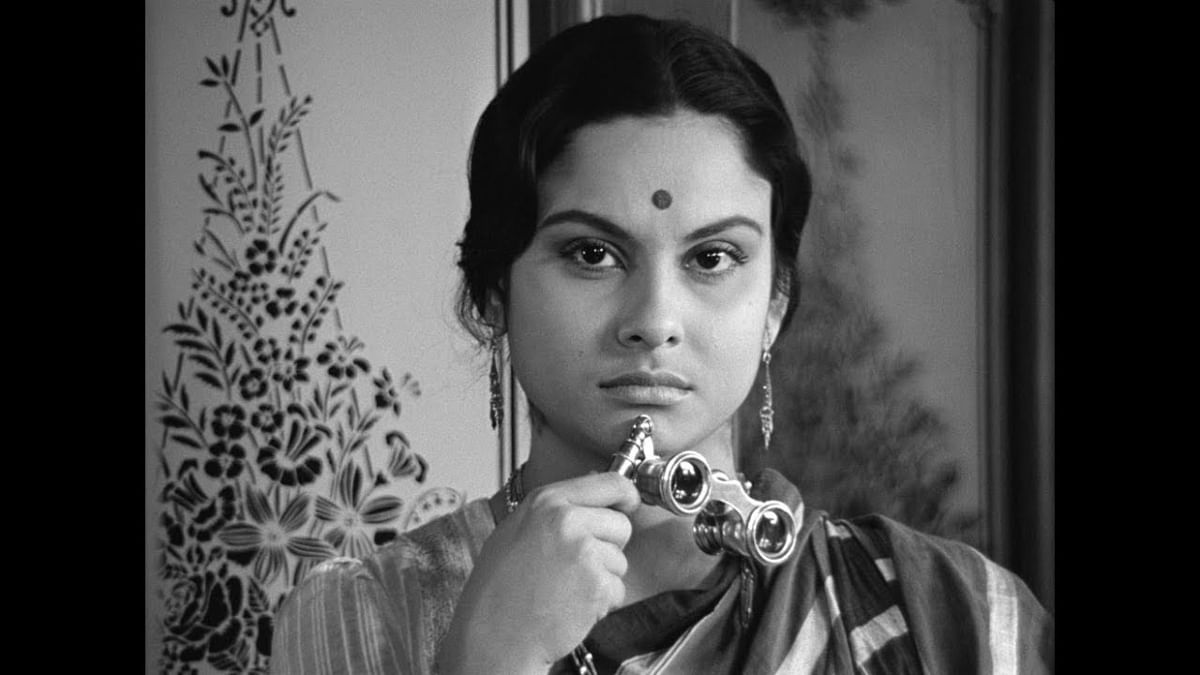In the maddening isolation of Covid-19 related social distancing measures, an unassuming figure has become the poster boy of quarantine culture. With a plethora of memes, tweets and think pieces dedicated to how “we are all Edward Hopper paintings now”, there is a sudden resurgence in the work of the American realist painter from the early 1940s.
Why? Because of how accurately his paintings spoke of urban isolation and desolation.

One of his most famous paintings is Nighthawks (1942), which consists of four people sitting at a local diner at night, cut off from the lonely street outside with just a pane of glass — a minimalist painting that for decades has come to signify disquieting urban loneliness and estrangement.
His paintings are said to have established the ‘architecture of loneliness’ — white light office cubicles, cramped studio apartments, bare landscapes, singular subjects in their private moments, looking into the distance wistfully through a pane of glass.
Does the instinct for us to anthropomorphise his paintings come from the feeling of being as stuck in time and space as his two-dimensional subjects?
Also Read: In coronavirus lockdown, add the arts to essential services list
Attaching art to isolation
By reviving his images today, we are contemplating our own architecture of loneliness during coronavirus lockdown. This may include an empty street corner, a neglected doorbell, an unmade bed, a dark room saved by the glow of a phone screen on someone’s face.
Empty spaces on a canvas are rare to find in Indian contemporary art, which is often packed to the point of claustrophobia. But there are some artists who have painted to emphasise separateness among people.
Mumbai-based Sudhir Patwardhan’s paintings offer the same uneasy feelings of relatability — a solitary man in his middle-class apartment, peering out at a congested cityscape or migrants clamouring in railway platforms to find their way home — images far too similar to all the unsettling photographs of the migrant exodus from the past week.

Does the opening sequence of Satyajit Ray’s Charulata, too, have a renewed significance? A lonely wife revelling in the minutiae of her surroundings — whether sounds of birds chirpings, calls of a street hawker, glimpses of passersby, all from the confines of her home, all while searching for something, anything, to occupy her, entertain her.
Will all art begin to appear different, and possibly continue to appear different in a post-coronavirus age? Reading images in such a way could signal a desperate attempt to attach meaning and value to our current moment, which feels endless. Is there some art out there that is about us, we might ask. Or perhaps it’s all part of trying to be part of a larger cultural or historical trajectory, even if that attachment comes through mere consumption.
Also Read: ICCR to promote India’s heritage online in ‘soft diplomacy’ amid global Covid-19 lockdown
Solace in art
People are hungry for art right now —from Netflix recommendations to revisiting old Doordarshan shows to public playlists on Spotify. It may be a cry for help and distraction in lonely times, or all part of a universal coping mechanism. But when Pandemic or Contagion pop-up on my Netflix dashboard, the irony is not lost on anyone.
Thankfully, we are a generation that knows how to laugh —behold the Spotify playlist called ‘Quarantine Party’ which boasts tracks like Toxic by Britney Spears, or Don’t Stand So Close To Me by The Police. Spanish artist José Manuel Ballester took it one step further with his series Hidden Spaces, recreating classical paintings to imagine a world during the Covid-19 quarantine. In Ballester’s version, Da Vinci’s The Last Supper is an empty table and Velasquez’s Las Meninas consists of an empty room.
Rene Magritte’s The Lovers (1928) might never feel the same after having seen images of couples kissing or getting married wearing protective masks, but at least Asha Bhosle’s 1987 classic Khali Haath Shaam Aayi Hai or Iqbal Bano’s 1977 track Dasht–e-Tanhai Mein could provide a transcendental soundtrack to our self-isolation.
Views are personal.






